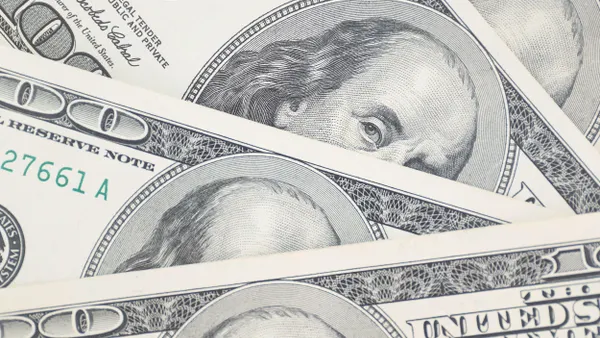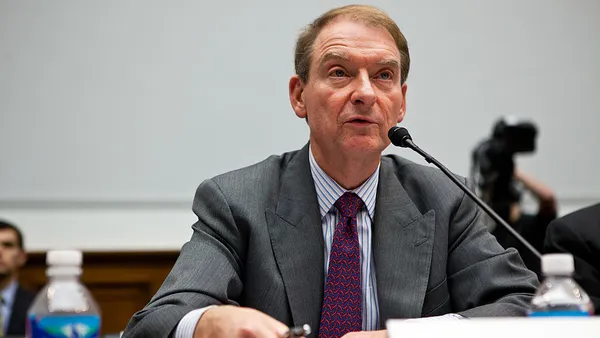Dive Brief:
- Consumer sentiment slumped this month to one of the lowest levels on record, eroded by persistent inflation and pressure on personal incomes, according to findings in a University of Michigan survey.
- “After the federal government shutdown ended, sentiment lifted slightly from its mid-month reading,” Joanne Hsu, director of the university’s surveys of consumers, said in a statement. “However, consumers remain frustrated about the persistence of high prices and weakening incomes,” she said.
- In a bright spot, expectations for inflation in a year fell to 4.5% from 4.6% in October, and long-run expectations for inflation eased to 3.4% from 3.9%, Hsu said.
Dive Insight:
Federal Reserve policymakers closely track inflation expectations, concerned that a sustained gain would signal that price pressure is becoming self-sustaining.
Stable expectations during several months have helped mitigate concern among Fed officials about a stall in efforts to curb inflation to their 2% target. The consumer price index increased 3% in September on an annual basis, 0.1 percentage point higher than in August.
Stable expectations also provide the central bank leeway to trim borrowing costs.
“Inflation expectations are very well anchored,” New York Fed President John Williams said Friday in a speech.
“I still see room for a further adjustment in the near term to the target range for the federal funds rate to move the stance of policy closer to the range of neutral, thereby maintaining the balance between the achievement of our two goals,” Williams said, referring to the Fed mandate to ensure maximum employment and price stability.
In recent months, Fed officials have split into two camps, with one calling for reductions in the federal funds rate to firm up a softening labor market and the other voicing caution that further easing will rekindle inflation.
The comments by Williams, expressing openness to a third, quarter-point cut in the main rate this year, fueled speculation that the central bank will ease policy again at a scheduled Dec. 9-10 meeting.
Following the speech, traders in interest rate futures increased the odds of a Fed easing next month from 39.1% on Thursday to 69.7%, according to the CME FedWatch Tool.
In light of current borrowing costs, consumers have a sense of reduced buying power, according to the University of Michigan survey.
“This month current personal finances and buying conditions for durables both plunged more than 10%, whereas expectations for the future improved modestly,” Hsu said.
“By the end of the month, sentiment for consumers with the largest stock holdings lost the gains seen at the preliminary reading,” she said. “This group’s sentiment dropped about 2 index points from October, likely a consequence of the stock market declines seen over the past two weeks.”














